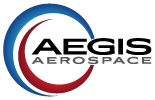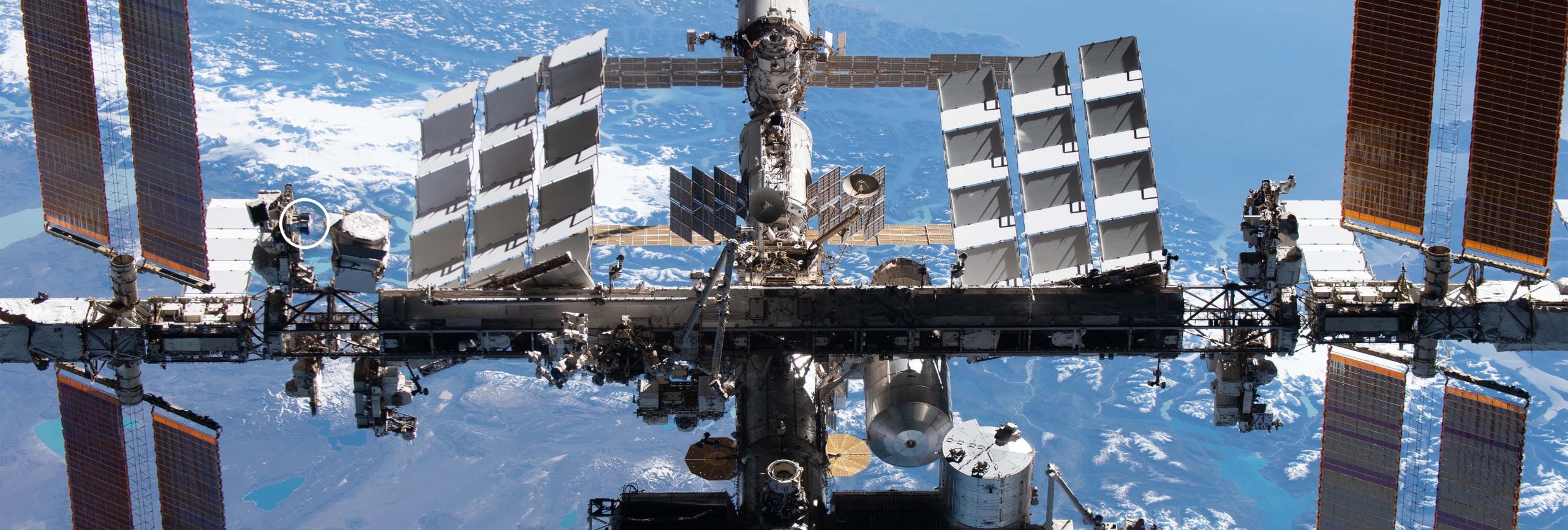Commercial Space
We serve commercial, civil, and DoD space customers and make it easy for them to test and demonstrate their technology in space. Our unique STaaS™ business model enables our partners to focus entirely on developing their technology, while we do the rest. Aegis Aerospace integrates our customer’s spaceflight hardware/experiment to one of our orbital or lunar platforms, flight certifies the package, coordinates launch, performs on-orbit operations, and — for our MISSE low-Earth orbit (LEO) platform — coordinates the return of the flight hardware/experiment to Earth and the owner.
Space Testing as a Service (STaaS™)
The Aegis Aerospace STaaS™ advantages include:
- Allowing our customers to easily conduct R&D, tests, and technology demonstrations in space.
- Turn-key services enable our customers to focus entirely on their technology while we do the rest.
- Turn-key services include integrating our customers’ spaceflight hardware/experiment, flight certifying the integrated package, coordinating launch, and performing on-orbit operations and data collection
- Returning the experiment to Earth (MISSE LEO platform only).
- Assistance designing and/or building our customers’ spaceflight hardware/experiment.
- Enabling development and test campaigns through a rapid cadence of MISSE LEO missions (every 6 months, with hardware return) and, if needed, by progressing from LEO to Lunar surface testing
- Free flyer missions to any orbit
We can also design and build our customers’ hardware/experiment as required.
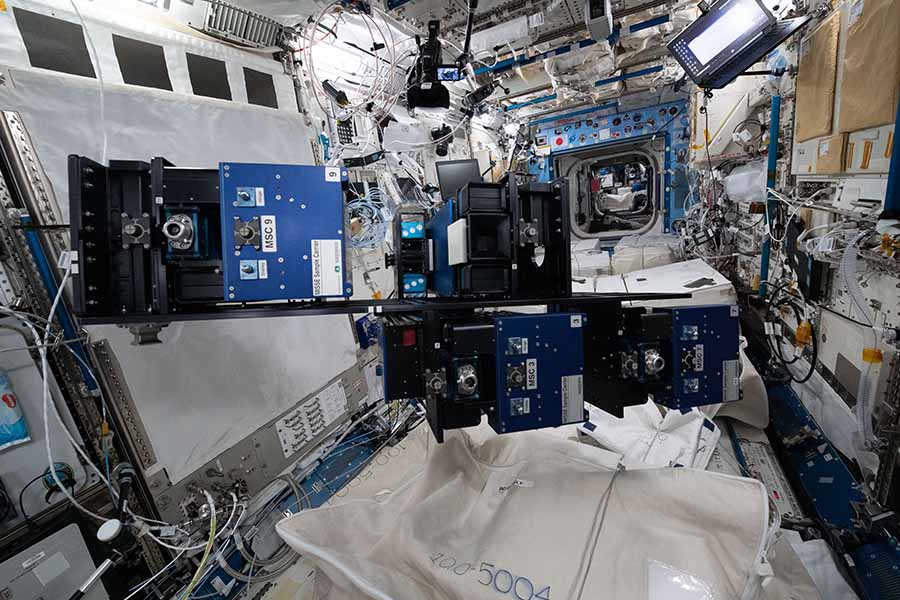


Our STaaS™ Platforms Include:
- MISSE – Low Earth Orbit external on ISS; power, experiment data collection and download, hi-resolution photos, commanding, environmental data collection and download, contamination protection.
- New for MISSE! In addition to already accepted articles, we are now accepting solar cells. Learn more here.
- M-1 Satellite Bus – Any orbit; power, data, commanding, attitude control
- RAC – Lunar surface; passive material testing, photos
- SSTEF – Lunar surface; technology test and demonstrations, power, data, commanding, hi-resolution photos, and video
MISSE Low Earth Orbit external on ISS
In addition to already accepted articles, we are now accepting solar cells for MISSE-23 and MISSE-24 flights.
MISSE is a highly flexible, commercial facility owned and operated by Aegis Aerospace that is permanently installed on the external ISS truss near the solar arrays. It provides exposure to all four directional faces: forward-facing (“Ram”, or direction of flight), aft-facing (“Wake”, the opposite of Ram), Earth-facing (“Nadir”, or downward), and upward facing (“Zenith” or space facing). Each provides a unique micro-environment for our customers’ experiments, tests, and demonstrations.
MISSE provides power, data, and commanding capabilities for customer experiments, tests, and demonstrations. We collect and provide environmental data and monthly photos of deck-mounted items. MISSE is controlled by Aegis Aerospace payload operators from our control center in Houston, Texas
R&D and technology demonstrations flown on MISSE include RF transmitters, Earth-sensing instruments, electronics, solar cells, and passive material samples. Customers include large and small companies, federal agencies, non-profit organizations, academic institutions, and private individuals.
Commercial and government contracting mechanisms are available.

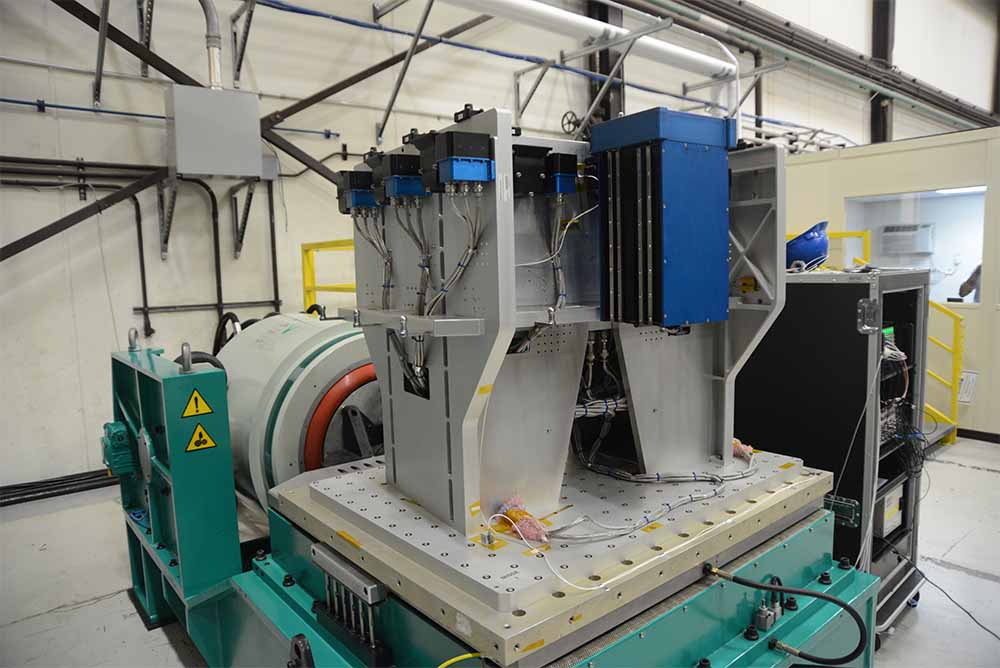
MISSE Benefits:
- Get to orbit, tested, and returned quickly
- Regular mission cadence
- Perform a detailed, post-mission analysis of the effects of the space environment
- Reduce risk and understand system performance in the space environment
- Quickly increase TRL to 7 or 8
- Highly competitive pricing
MISSE Process Includes:
- Missions every six months (6- or 12-month duration)
- 3-7 MISSE science carriers launched and returned every mission
- Average of >160 experiments/demonstrations per mission
- Experiments manifested as close as 5 months before launch
- Face any orbital direction (ram, wake, zenith, nadir)
- Highly competitive pricing
- Passive material exposure for as little as $5,000
- Dedicated carrier for about $500,000
- Services/utilities include
- Test article volume of 5 cm³ to 26,700 cm³ per carrier
- Up to 10kg of test article mass per carrier
- Up to 50W of 28 VDC power per carrier
- Near real-time data downlink using ethernet, RS422, or CAN
- Data storage in the carrier
- Orbital commanding
- HD photos monthly (exposure decks)
- Temperature, contamination, radiation, UV intensity, and atomic oxygen environmental data
- Software reconfigurable during the mission
- Experiment protection from ISS contamination events
Marketing campaigns and memorabilia items for resale are possible.
MISSE Process Includes:
- Missions every six months (6- or 12-month duration)
- 3-7 MISSE science carriers launched and returned every mission
- Average of >160 experiments/demonstrations per mission
- Experiments manifested as close as 5 months before launch
- Face any orbital direction (ram, wake, zenith, nadir)
- Highly competitive pricing
- Passive material exposure for as little as $5,000
- Dedicated carrier for about $500,000
- Services/utilities include
- Test article volume of 5 cm3 to 26,700 cm3 per carrier
- Up to 10kg of test article mass per carrier
- Up to 50W of 28 VDC power per carrier
- Near real-time data downlink using ethernet, RS422, or CAN
- Data storage in the carrier
- Orbital commanding
- HD photos monthly (exposure decks)
- Temperature, contamination, radiation, UV intensity, and atomic oxygen environmental data
- Software reconfigurable during the mission
- Experiment protection from ISS contamination events
Marketing campaigns and memorabilia items for resale are possible.
M-1 Satellite Bus
Aegis Aerospace’s flight-proven, low-cost, multi-purpose M-1 spacecraft bus is designed to accommodate a very wide variety of payloads and experiments for in-space testing. The M-1 includes an adaptable structural approach which allows your payload needs to define the final structural configuration, and an adaptable command and data management approach to ensure you get the information you need.
The M-1 bus can be deployed from the ISS or any ESPA-capable deployment system and is certified for use with human-rated spacecraft including the ISS.
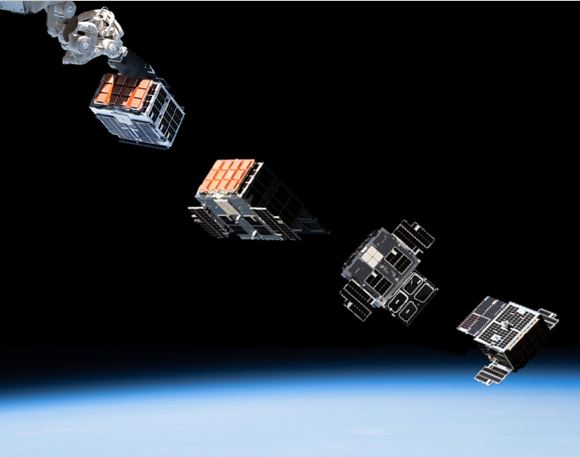
M-1 Bus Options for Customization:
-
Propulsion systems for orbital Maintenance
- Sun tracking solar arrays
- Deployable Paneling
- Energy Storage Increase
- Increased Capacity
- Convertible structural interfaces
- X-band Downlink
M-1 Bus Services to Payloads:
-
28 +/- 6 VDC Power (switched for each payload)
- RS422 C&DH Interface (includes time stamp)
- >1 Mbps downlink capability, shared resource
- 16 RTDs + Calibration circuit (placement determined by thermal analysis and experiment requirements
- Pulse per second signal for time synchronization
- Cradle-to-grave integration
- Payload integrators with successful track record for 25 years
M-1 Bus Services to Payloads:
-
28 +/- 6 VDC Power (switched for each payload)
- RS422 C&DH Interface (includes time stamp)
- >1 Mbps downlink capability, shared resource
- 16 RTDs + Calibration circuit (placement determined by thermal analysis and experiment requirements
- Pulse per second signal for time synchronization
- Cradle-to-grave integration
- Payload integrators with successful track record for 25 years
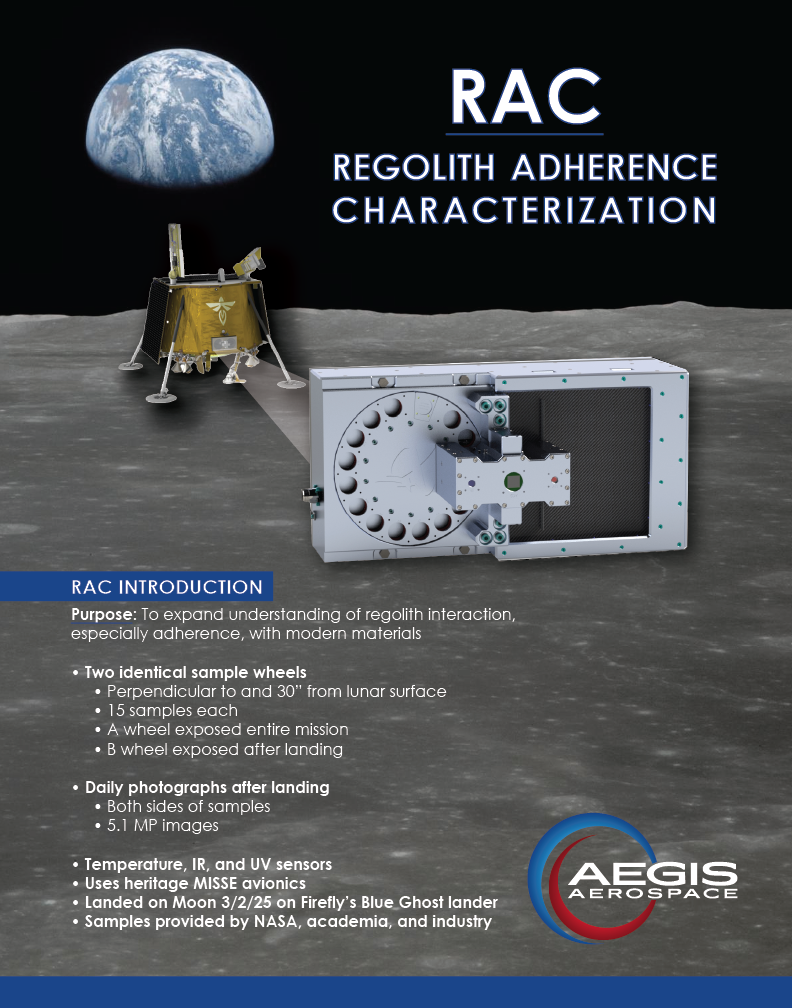
Lunar Systems
Aegis Aerospace offers two lunar surface testing platforms to enable customers to test their technologies on the Moon or conduct lunar science. The Regolith Adherence Characterization (RAC) platform characterizes material interaction with regolith (lunar soil). The Space Science Test and Evaluation Facility (SSTEF) is a testbed for a wide variety of technologies and a multi-purpose science platform. Its first mission is planned for 2026.
Both of these platforms will be re-flown periodically for commercial and government customers to continue to expand their understanding of the lunar environment and how human systems and technologies interact with it.
Regolith Adherence Characterization (RAC) Platform for Lunar Material Testing
Currently on the Moon!
The RAC platform characterizes the interaction of lunar soil (regolith) with a variety of modern materials. RAC-1 launched on January 15, 2024 aboard Firefly Aerospace’s Blue Ghost lunar lander and landed on the Moon March 2, 2025 to conduct one lunar day (14 Earth days) of science.
Space Science & Technology Evaluation Facility (SSTEF) for Lunar Science and Technology Demonstrations
First Mission in 2026
SSTEF is a multi-purpose test facility modeled after MISSE. Like MISSE, it provides power, commanding, and data connections for its lunar experiments. SSTEF-1 launches in 2026 aboard Intuitive Machines’ IM-3 lunar lander.
First Flight Mission Facts:
- Mission length: up to 14 Earth days during Lunar daytime (mission length can grow with lander capabilities)
- Mission location: TBD – SSTEF is designed to handle any lunar landing location
- Experiment power available: >10W at up to 28VDC
- RS-422 experiment data connection; relayed to Earth via lander: >250MB per Earth day
- Control via Aegis Aerospace Payload Operations Control Center (POCC)
- SSTEF has on-board camera, total and UV irradiance sensors
- Six experiment payloads are accommodated:
- CPU TRL achievement
- Photovoltaic Characterization
- Radiation Shielding Experiment
- 3D Printed Antenna Experiment
- Dust removal experiment
- On-board camera imagery of lunar landscape
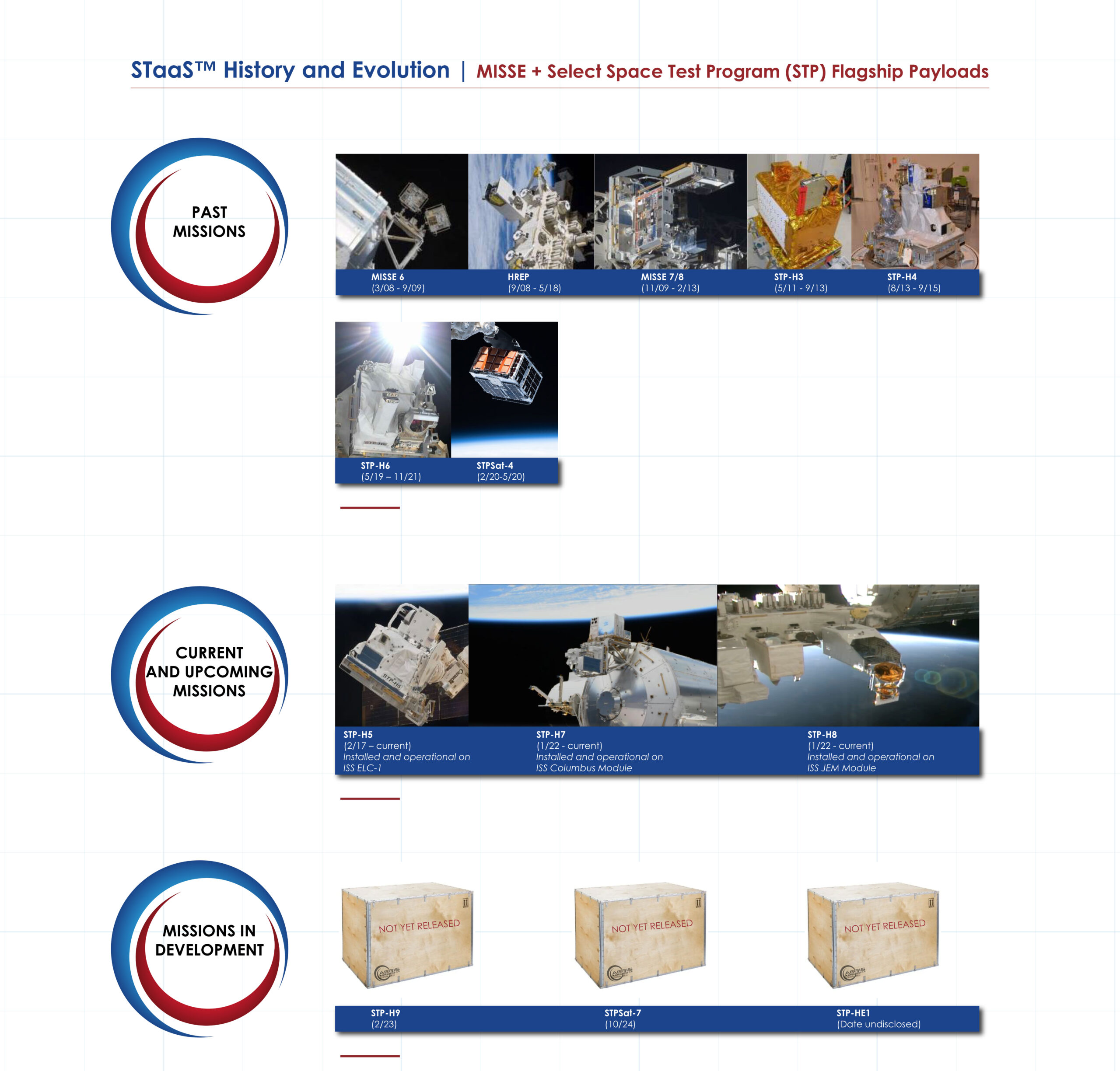
Aegis Aerospace is an
Innovator in Space Technologies
Aegis Aerospace (pronounced ējis) is a leading, woman-owned, commercial space and lunar exploration company and an experienced, well-respected DoD and NASA contractor. Since 1992, Aegis Aerospace has helped the Department of Defense and NASA achieve their missions to defend our country’s security, reach for new heights, and discover the unknown for the benefit of humanity. Since 2015, Aegis Aerospace has been at the forefront of the commercial space services industry and, since 2019, developing lunar systems that help advance human understanding of the lunar surface and how to operate there. Formed in 2021 through the merger of Alpha Space and MEI Technologies, Aegis Aerospace offers innovative yet practical solutions in the areas of commercial space services, flight and ground system development and operations, systems engineering, and integration (SE&I), and related spaceflight products and defense support services.
